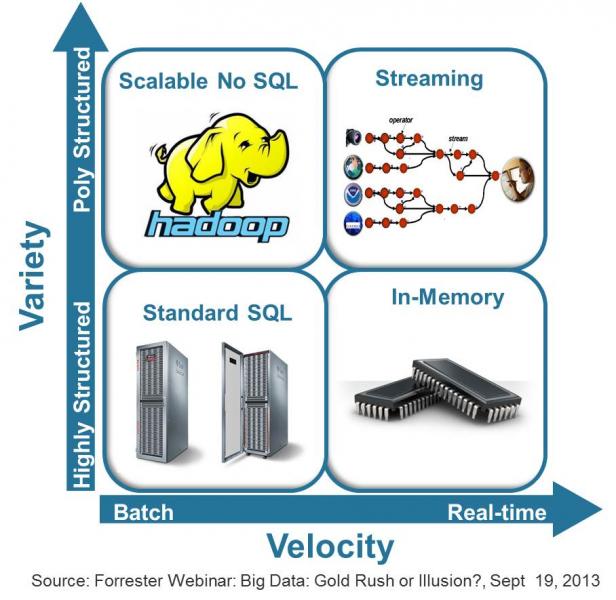Boost Your Digital Intelligence With Big Data
But Avoid Ending Up With A Zoo Of Individual Big Data Solutions

We are beyond the point of struggling over the definition of big data. That doesn’t mean that we've resolved all of the confusion that surrounds the term, but companies today are instead struggling with the question of how to actually get started with big data.
28% of all companies are planning a big data project in 2014.
According to Forrester's Business Technographics™ Global Data And Analytics Survey, 2014, 28% of the more than 1600 responding companies globally are planning a Big Data project this year. More details and how this splits between IT and Business driven projects can be found in our new Forrester Report ‘Reset On Big Data’.
Or join our Forrester Forum For Technology Leaders in London, June 12&13, 2014 to hear and discuss with us directly what Big Data projects your peers are planning, what challenges they are facing and what goals they target to achieve.
Big data can mean different technologies.
One of the big data challenges that leads to confusion is the fact that, depending on the data sources used, different scenarios can require very different data management technologies, including SQL, Hadoop, In-Memory, or Streaming (see the figure above). Of course, there are no clearly defined lines between these technologies; often, it’s actually a combination of more than one that delivers the best results. Similarly, on the data management side, different analytics technologies, including predictive, geospatial, or text analytics, are used according to the insights desired. There is not "one" big data technology – instead, individual big data scenarios can have very different architectures.
Big data can have many use cases.
Another challenge of big data is that it has so many different use cases. Even within one industry, big data can mean different things to different companies, depending on their current market position or ongoing strategic initiatives. Virtually every department can benefit from big data, whether it’s sales, marketing, operations, finance, procurement, or technology management. After all, getting deeper insights from more data can never be wrong – but where should you start?
Big data needs strategic planning.
Companies must be careful to avoid ending up with multiple, single-silo big data solutions that are inflexible and costly to maintain and integrate. Starting with a specific big data scenario – such as sentiment analysis to boost campain efficiency – might suggest a specific technology and architecture set-up. However, the next scenario – perhaps inventory optimization based on better analysis of supply and demand – will have different requirements. Companies need to plan ahead for a flexible data management and analytics platform in the long run.
Please join me at Forrester’s Forum For Technology Leaders in London on June 12 and 13; my analyst colleagues and I are looking forward to presenting on stage and discussing the challenges and opportunities of big data with you and your peers.
Please leave a comment or contact me directly.
Best regards,
Holger